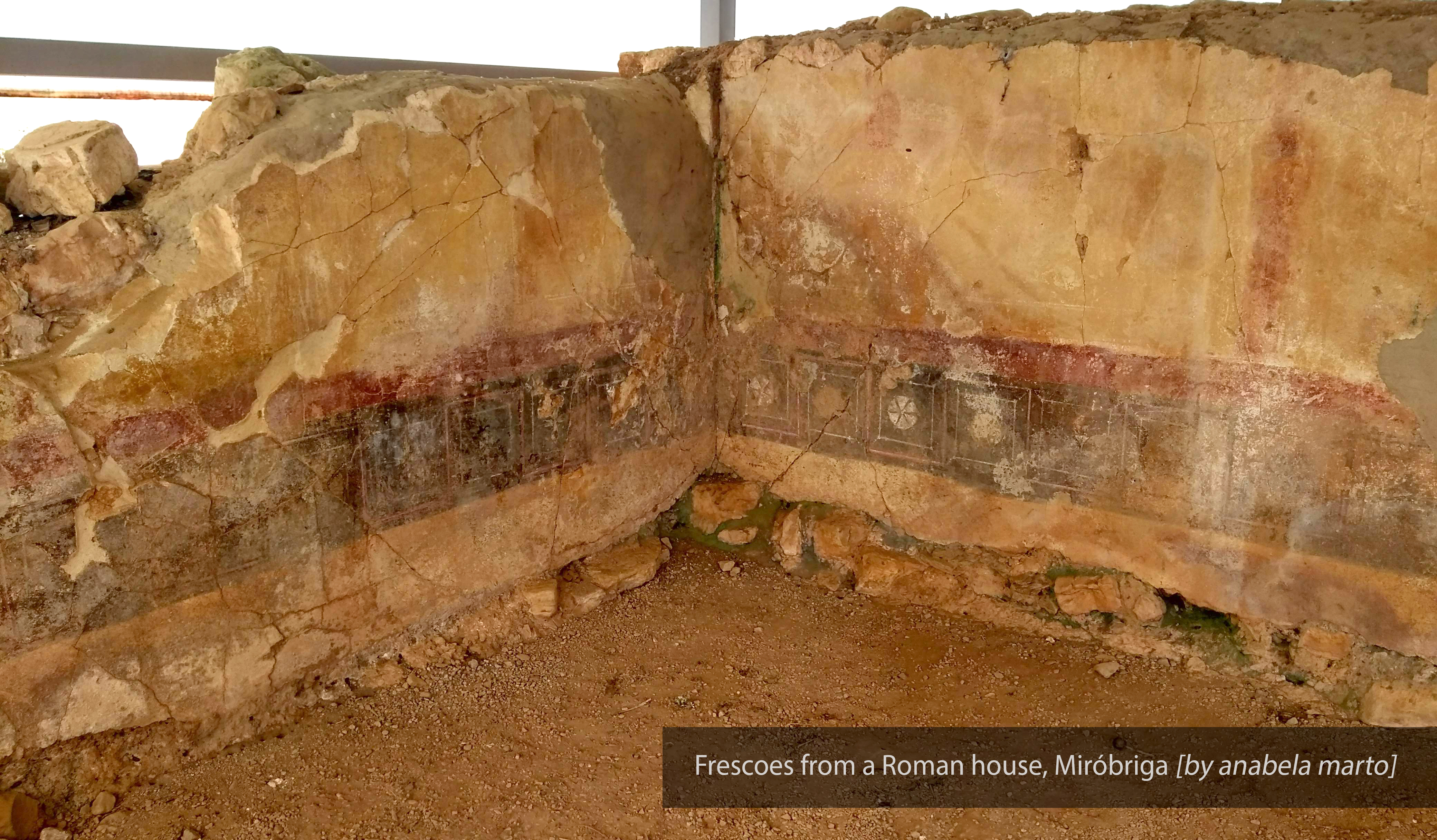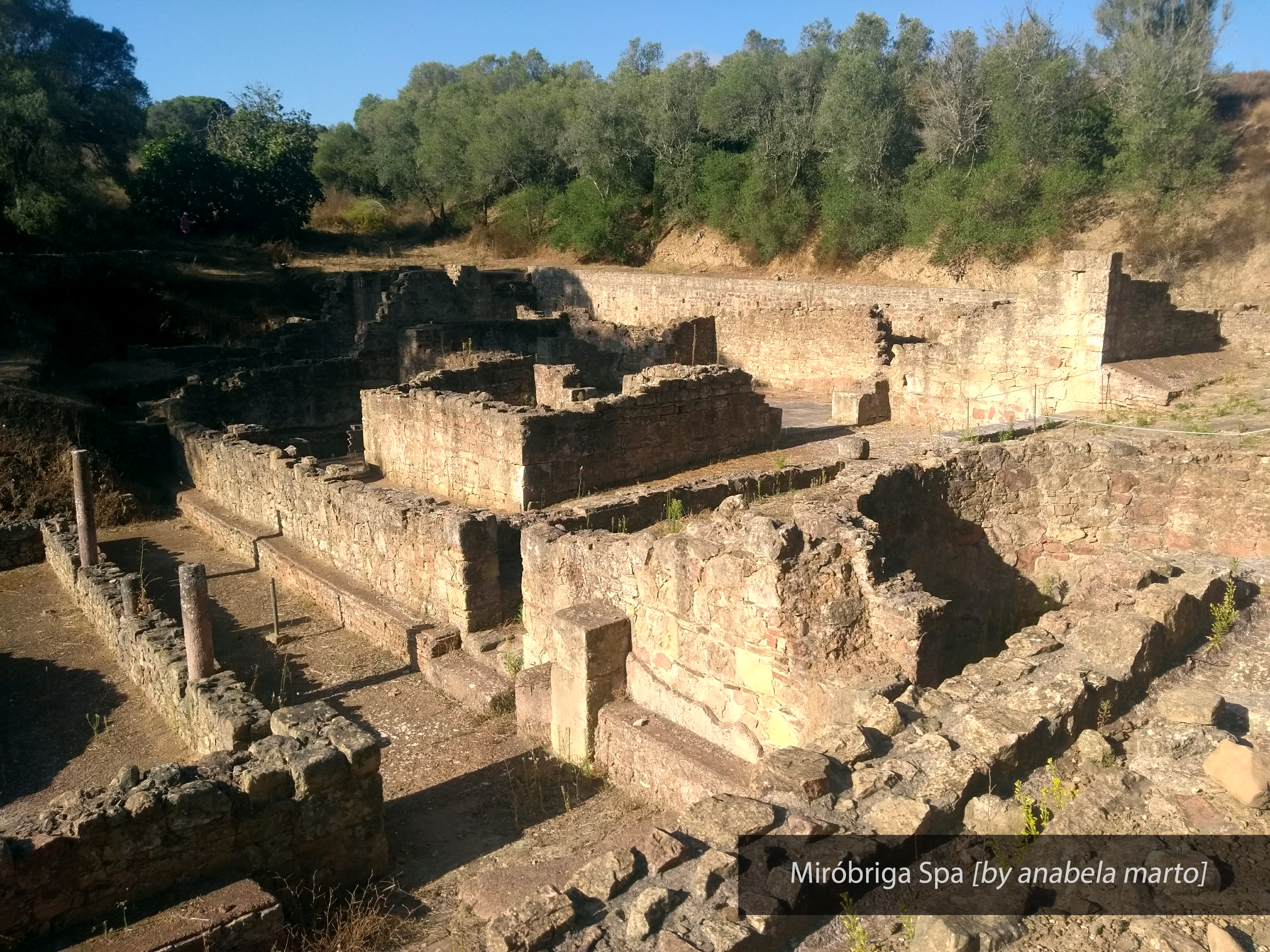Miróbriga: Uncovering the Southern Portugal

My first time in Miróbriga Ruins was to make a presentation related to the use of technologies among archaeological sites. Me and my colleague Alexandino Gonçalves were kindly invited by the archaeologist José Carlos Quaresma, back in 2017. I felt in love with the cultural and nature richness of this archaeological site at first sight and I came back, over and over again.
Classified as a Site of Public Interest in 1940, the archaeological site at Miróbriga is under the Portuguese Architectural Heritage Institute since 1982.
The city
Considered by some investigators as a sanctuary and by others as a provincial urban centre, Miróbriga was inhabited from, at least, the Iron Age to the fourth century AD. It is believed that this land, rich in agricultural, maritime, and mining resources, had great commercial importance. Miróbriga probably acquired the rank of municipality during the Flavian dynasty (1st century AD).
From the 1st to the 3rd century A.D. the city shows an enormous vitality and intense occupation, which tends to decline around the middle of the 3rd century A.D. [1]

Prior to Roman occupation, an Iron Age settlement was found in the highest zone of Miróbriga, believed to be people of possible Celtic origin.
The full extension of this site is not yet known. However, it presents some remarkable features, such as the forum, the residential and commercial zones, the bath complex, the bridge, the stone paved streets, and most of all, its circus, where bigae and quadrigae races took place drawn by Lusitanian horses, famous throughout the Roman world.
There are eight houses identified so far in Mirobriga. The known examples show that the most common house type is the peristyle house. Some of them were decorated with frescoes and can be seen along the causeways that crisscross the urban mass, as the example shown in the following figure.

The Forum
At the highest level of the urban area, a forum was built over the previous occupation. Occupying an important position in the forum is a centralized temple probably dedicated to the imperial cult.

To the south, was the commercial area with various shops, tabernae. These were usually small rooms that opened directly onto the street. In some cases, they had a partial upper store, mezzanine, where the shop owner lived, steps led from the street to the main square.
The spa, one of the best preserved in Portugal
The Miróbriga baths have two buildings and they contain the usual compartments for this type of construction: entrance with room for changing clothes and playing games, the apodyterium, the frigidarium or cold bath, and the heated areas, the tepidarium and the caldarium.

Under the heated rooms was a hypocaust, an under-flood structure of brick pillars and arches where hot air from a furnace circulated. Most of the rooms have double walls for hot air circulation, as you can see in the figure below.

Quite close to this spa, is a single arch bridge which probably linked the town to the hippodrome on the outskirts. The Miróbriga hippodrome (the venue for equestrian events) is the only example fully excavated to date in Portugal.
Ending Notes About Miróbriga

A total of 31 visitors from Miróbriga kindly participated in my study and contributed for a better understanding related to acceptance and intention to use augmented reality in archaeological sites.
Historical Review
This article was reviewed by Filipe Albuquerque de Sousa and Catarina Felício. Both archaeologists are participating in the Tabernae Miróbriga Project. Special thanks also to Professor José Carlos Quaresma.
[1] Recent information acquired from the study from Félix Teichner, entitled «Mirobriga: eine Stadt im fernen Westen des Imperium Romanum» (2018), and based on the latly 2 years of research, namely:
Filipe Albuquerque de Sousa (2019) - “A Casa da Calçada - Miróbriga, diacronia de um edifício habitacional de Época Romana, Séculos I s IV d.C.”, Dissertação de Mestrado em Arqueologia apresentada à Faculdade de Ciências Sociais e Humanas da Universidade Nova de Lisboa.
Catarina Felício (2019) - “Gestão de resíduos em Miróbriga - o sistema de saneamento (séculos I - IV d.C.)”, Dissertação de Mestrado em Arqueologia apresentada à Faculdade de Ciências Sociais e Humanas da Universidade Nova de Lisboa.
 SensiMAR
SensiMAR